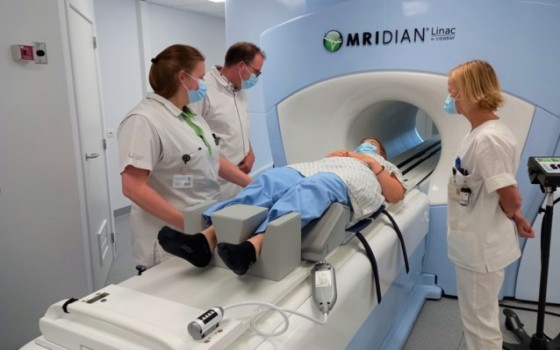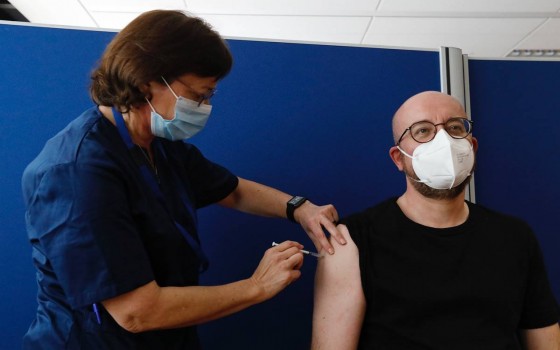
The forgotten type that needs early diagnosis: latent autoimmune diabetes in adults

- Europe and Arabs
- Wednesday , 10 September 2025 7:4 AM GMT
California - Brussels: Europe and the Arabs
Adult-onset autoimmune diabetes is often misdiagnosed as type 2, delaying treatment and increasing the risk of health complications. This makes early diagnosis and careful insulin monitoring essential.
Adult-onset autoimmune diabetes, also known as type 1.5 diabetes, is one of the most complex and mysterious forms of diabetes and is often misdiagnosed as type 2. The disease typically appears after the age of 30 and develops gradually over years, leading to delayed diagnosis and delayed treatment. According to a report published by the European News Network in Brussels, "Euronews," it added under the title: "What is latent autoimmune diabetes?" She says, "It belongs to a group of diabetes diseases characterized by high blood sugar levels resulting from problems with the body's production or response to insulin. Unlike type 2 diabetes, it is associated with an autoimmune process, where the immune system attacks the beta cells in the pancreas responsible for insulin production.
"The disease develops slowly, and antibodies attack the same pancreatic cells as in type 1 diabetes, but more slowly, so the disease appears years after its hidden onset," says endocrinologist Dr. Alexander Turchin.
"Its symptoms are similar to those of both type 1 and type 2 diabetes, and include unexplained weight loss, constant thirst, frequent urination, and recurrent skin infections.
"Misdiagnosis is very common, with an estimated 5 to 10% of cases being mistaken for type 2," according to Dr. Shafer-Boder of the University of California.
"Delayed diagnosis leads to delayed insulin treatment, which can lead to serious complications, including diabetic ketoacidosis, a life-threatening condition if not treated promptly.
How can the correct diagnosis be reached?
To confirm its presence, the patient should request a test for five immune antibodies: GAD, ICA, IAA, IA2, and ZnT8. As endocrinologist Kathleen Wynn emphasizes, "Traditional tests such as blood sugar or A1c are not sufficient to detect LADA, and early screening can save a patient's life."
Once the diagnosis is confirmed, LADA can be effectively controlled with:
Insulin: The dose is determined based on continuous glucose monitoring.
Continuous glucose monitors: These allow for accurate monitoring throughout the day.
GLP-1 medications, such as Ozempic and Wegovy, may help in some cases.
Dr. Buder emphasizes, "With appropriate treatment and careful monitoring, those with LADA can live long and healthy lives, equal to or even longer than those without diabetes."












No Comments Found